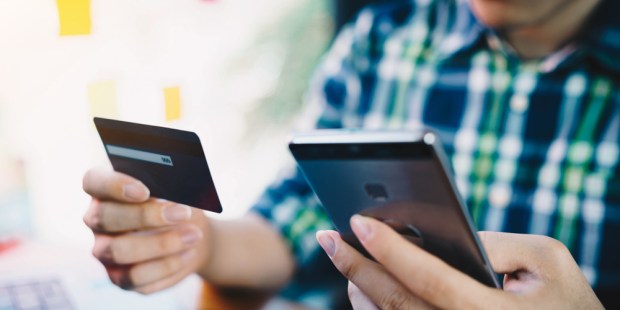Resetting Digital Delivery

Though ubiquity is talked up as a goal, for smartphones in the U.S., it has already achieved destination status as 80 percent of American adults use one. But could they be using them better? The data says yes — and that consumers are only just scratching the surface of the digitally-enhanced world. However, before digital can live up to its full potential, it has some hills to climb.
A decade ago, a smartphone was still cutting edge — these days they are de rigueur, as almost everyone has one — and it is rare to see a person not staring at a smartphone screen. But what are they viewing? That is an ever-expanding answer. If they are a millennial, odds are good that they are shopping, since 81 percent use their phone as their name commerce channel. However, they are also increasingly using their phones to get paid more quickly or establish a credit history. The challenge, going forward, will be to open up more opportunities, but also find better ways to secure those experiences — though, notes Jumio CPO Philipp Pointner, security protocols worldwide need a massive upgrade when it comes to issuing and protecting digital identity.

81 percent: The share of millennials who report the mobile phone as their main digital purchasing channel.
80 percent: The share of American adults with access to a smartphone.
47 percent: The share of American adults who traditional credit models have difficulty scoring.
40 percent: The share of income that American workers draw from gig work.
3: The number of common elements that modern digital ID schemes share — an identifier, password and certificate.
